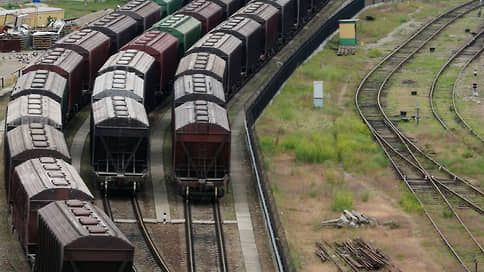The Ministry of Agriculture expects to make changes to the development strategy of the agro-industrial complex until 2030
[ad_1]

The Ministry of Agriculture proposes to update the strategy for the development of agriculture, significantly reducing the target for the volume of exports by 2030 – from $47.1 billion to $36.3 billion. The expected growth of agricultural production will slow down to 1.5% per year from 3% in the previous version – this is the impact restructuring of export logistics and technological and resource support for the agro-industrial complex after 2022. The decrease in export revenues, in turn, largely explains the new logic of distribution of state support for an actively subsidized sector in a limited budget: if previously the funds received from export duties were enough to help all sub-sectors of the agro-industrial complex that needed it, now support is focused on priority areas .
The Ministry of Agriculture expects to make changes to the strategy for the development of the agro-industrial complex until 2030 – the draft amendments have been published on regulation.gov.ru. The last time the strategy was adjusted was in September 2022, when it became clear that the consequences of the Russian military operation in Ukraine were seriously affecting the position of the industry. The current amendments were apparently required because the adaptation of the sector makes it possible to fix new rules of the game in it and assess their consequences. In particular, the document sets guidelines for import substitution, for example, in breeding and seed production – specific goals are set for it, so it is assumed that by 2026 the share of “domestic selection” seeds will reach 65%, and by 2030 – 75%.
Serious amendments, which generally record the changes already taking place in the agro-industrial complex, will affect the export section of the strategy, clarifying the list of priority directions for the export of agricultural products: it is proposed to include the CIS, the Middle East, Africa, Southeast Asia, as well as China and India (supplies to these countries have already grown exponentially since the start of the military operation in Ukraine). Russian agricultural products were supplied to 150 countries in 2023, the share of “friendly” countries was 87% (plus 20% to the 2022 figure), the Ministry of Agriculture previously stated. Exports of agricultural products to China increased by more than 50%, to India – by 46%, to Pakistan – by 40%, and to Egypt – by 13%.
Due to the focus of supplies on developing rather than developed markets, as well as lower world food prices, the strategy involves a noticeable revision of export value targets by 2030: in comparable prices, the target level will drop to $36.3 billion from what was expected in September 2022 $47.1 billion. Due to the gradual decline in exports, the volume of duties collected from exporters will obviously also decrease – we remind you that while “remaining in the industry”, they are directed to support the least profitable areas. Revenue from duties may also decrease due to the authorities’ desire to maintain prices on the domestic market: for this purpose, the Ministry of Agriculture, we recall, is using a flexible approach to changing the grain export quota, valid from February 15 to June 30. By increasing its volumes, the ministry actually reduces the number of those who will export products during the period of export duties (see Kommersant on February 13).
In such conditions, with a limited budget, state support will be increasingly concentrated in those low-profit and unprofitable areas that are recognized by the authorities as priorities – this includes breeding, genetics, dairy farming, poultry farming and egg production. It will not be possible to ensure an average annual growth rate of agricultural production of 3%, which was assumed by the previous concept, with a decrease in support for other industries, and the new version reduces the growth rate of output in the agro-industrial complex to 1.5% per year.
When asked by Kommersant about coordinating the revision of export plans with the goals of the profile national project, the Ministry of Agriculture answered that its implementation period expires in 2024, and now “work is underway to formulate proposals for extending the national and federal project until 2030, within the framework of which various scenarios for achieving export indicators depending on the models of financial support for the federal project.” The final parameters are planned to be approved by the end of the year, the ministry added.
[ad_2]
Source link






